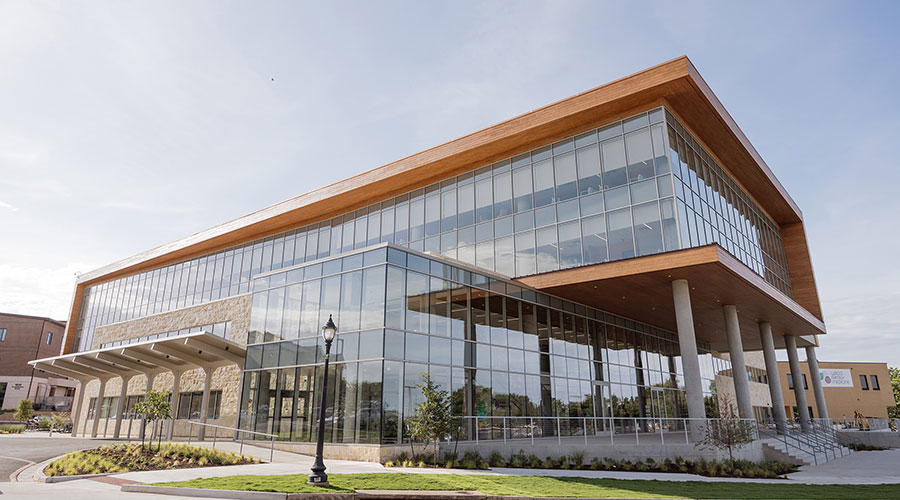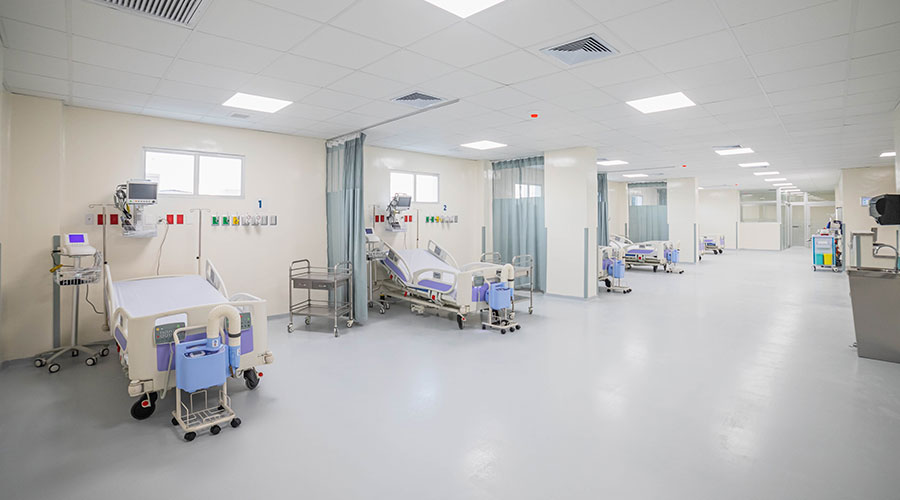Operating rooms are supposed to be sterile environments, but studies show that they remain contaminated with microscopic pathogens even after they have been cleaned. The remaining germs and bacteria can pose a threat to the next patient in that room. Surgical site infection (SSI) rates decreased 46 percent at Lowell General Hospital after the hospital began using Xenex Disinfection Services’ Germ-Zapping Robots™ for room disinfection, according to a new peer-reviewed clinical outcome study published in the American Journal of Infection Control (AJIC). The hospital estimates that it avoided 23 infections and saved $478,055 as a result of fewer infections and credits its pulsed xenon ultraviolet (UV) disinfection technology for the dramatic reduction in its SSI rates.
“Even one infection is too many and our goal is zero,” said Angela Catalanotti, BSN, RN, and lead author of the study. “We invested in pulsed xenon UV disinfection technology to further bring down our infection rates by destroying the microscopic pathogens that traditional cleaning may have missed. The robots work quickly so we were able to easily incorporate them into our cleaning process.”
According to the study, during the intervention period (April 2013-December 2014), terminal disinfection of 13 operating rooms (ORs) was performed nightly in addition to standard between-case cleaning. After the standard terminal cleaning (with chemicals) took place, two pulsed xenon UV disinfection devices were brought in and run simultaneously in the OR. The Xenex Germ-Zapping Robot pulses intense UV light covering the entire UV spectrum to destroy viruses, bacteria and bacterial spores on surfaces. Xenex's LightStrike™ disinfection technology is the only disinfection system that uses pulsed xenon to create UV light that covers the entire germicidal spectrum.
“When hospitals consider a UV disinfection system, they need to carefully evaluate the technology’s clinical outcome studies – peer-reviewed studies that show how a hospital has experienced a decrease in infection rates after using a UV disinfection system,“ said Dr. Mark Stibich, Chief Scientific Officer and co-founder of Xenex. “This is the seventh facility to report, in a peer-reviewed study, a dramatic decrease in its infection rates after using our pulsed xenon UV disinfection system to destroy pathogens that can pose a risk to patients. Our robots work quickly and efficiently, which enables hospital EVS to run them consistently – and enhance patient safety by destroying the microorganisms that could cause infections.“
The Xenex system is the only UV light disinfection technology shown, in multiple peer-reviewed published studies, to help hospitals reduce infection rates. Xenex Germ-Zapping Robots™ have been credited for helping healthcare facilities in the U.S. decrease their Methicillin-resistant Staphylococcus aureus (MRSA), Clostridium difficile (C.diff) and Surgical Site infection rates by more than 50, 70 and 100 percent respectively.
With a four or five-minute disinfection cycle, the Xenex robot is designed for speed, effectiveness and ease of use, Without contact or chemicals, the robot eliminates harmful microorganisms safely and effectively. According to Xenex customers, the robot can disinfect 30-62 hospital rooms per day, including: patient rooms, operating rooms, equipment rooms, emergency rooms, intensive care units and public areas.
Reducing HAI Rates
MD Anderson Cancer Center, the Central Texas Veterans Health Care System, Cooley Dickinson Health Care, Trinity Medical Center and other hospitals have published 19 studies providing evidence of the robot’s efficacy in highly regarded scientific journals that include the American Journal of Infection Control (AJIC), Journal of Infection Prevention, Infection Control & Hospital Epidemiology (ICHE) and BMC Infectious Diseases.
For more information, visit www.xenex.com.

 Waco Family Medicine Achieves Savings and Bold Design with Wood Selections
Waco Family Medicine Achieves Savings and Bold Design with Wood Selections Alleged Ransomware Administrator Extradited from South Korea
Alleged Ransomware Administrator Extradited from South Korea Design Plans Unveiled for New Intermountain St. Vincent Regional Hospital
Design Plans Unveiled for New Intermountain St. Vincent Regional Hospital Ground Broken on New Pediatric Health Campus in Dallas
Ground Broken on New Pediatric Health Campus in Dallas Pre-Construction Strategies for Successful Facilities Projects
Pre-Construction Strategies for Successful Facilities Projects